Fakethias’ Infinite Horizon
|ORSON GILLICK MORRIS
As experimental forms of music are never able to fully escape the politics of popular music, Norwegian artist Fakethias has stopped trying to fight against them and now appropriates their structures and formats.
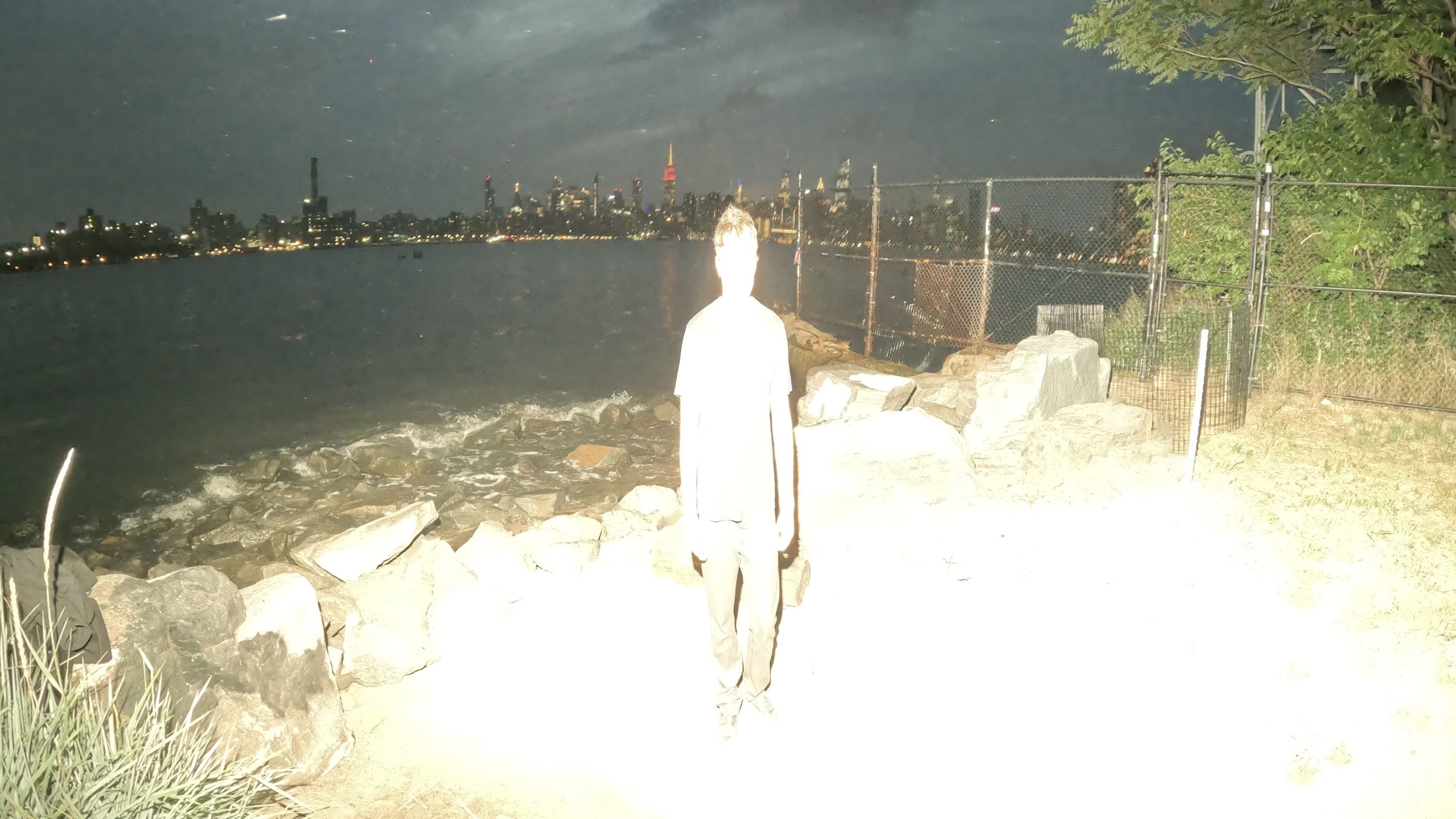
Fakethias photographed by Louis F. Cota, 2024.
While Fakethias’ first project Attune (2018) placed him in dialogue with various forms of experimental club music—something that is still present in the “functional club music” of his audio-visual project Massive Gain—his work since Excess (2022), released on Varg2™’s label Cease 2 Exist, processes samples of “non-music” sounds to assume the role that a traditional instrument would have on a record.
Released on October 18, 2024, Fakethias’ second album Afterimage was produced within the past year during his tour in Tokyo, Taipei, and Seoul. The navigation of various urban spaces while producing the record can be felt in the work—the album evokes the sensation of looking out of a window and being met with an infinite horizon of lights and industry. In conversation with Orson Gillick Morris, Fakethias discusses a hybrid sound unique to his live performances, hanging out with Varg2™ in a Stockholm arcade, and the defined agenda of Massive Gain.
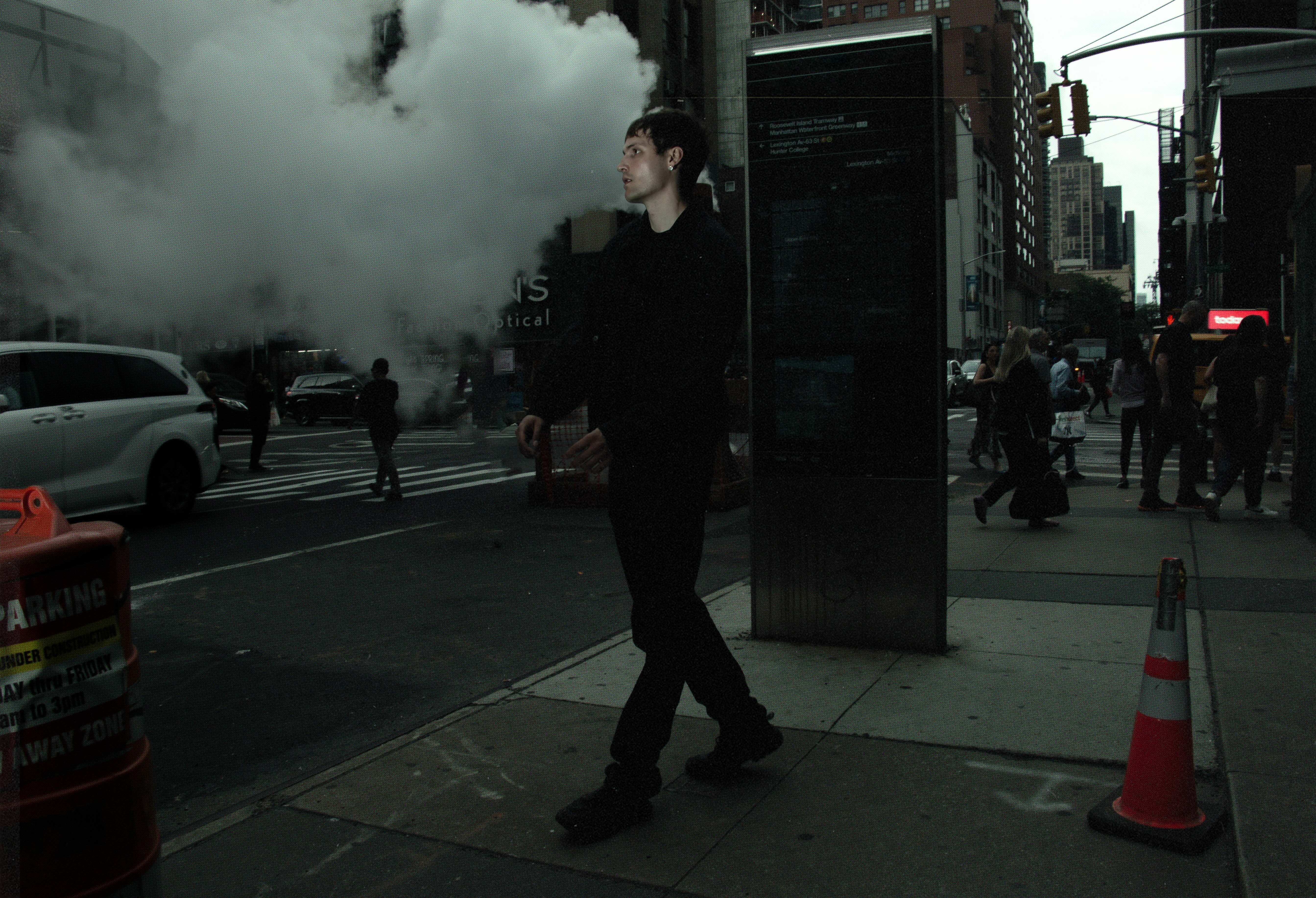
Fakethias photographed by Louis F. Cota, 2024.
ORSON GILLICK MORRIS: What is Massive Gain?
FAKETHIAS: It’s an audiovisual project whose visual component matters almost as much as the audio. Massive Gain is a project in itself—whether it is the releases, the visuals, or the sets.
OGM: Who is behind it?
FT: It’s me and Erik Spanne. He used to go by Drippin and he is now best known as Onleash. As Drippin, he was influential in the experimental club scene in the early to mid 2010s. Sam Clarke has always been important for the visual side of the project—he does all the photography that we are using and my album artworks that are not related to Massive Gain as well. There are other people involved too. We have released music by other friends, collaborators, and so on. Massive Gain is not a label in a traditional sense. We’re not looking for tracks to release. It’s an outlet for ideas that fall within an overarching idea.
OGM: When did it start?
FT: Late 2019.

Attune album cover, 2018.
OGM: What is the distinction between your work released under FAKETHIAS and Massive Gain?
FT: It all builds from similar ideas, but I see Massive Gain as a distinctive direction. My first release, Attune (2018), was a bit more open-ended and free form. Massive Gain, on the other hand, was started as an outlet for functional club tracks. Functional in the sense that every track is a guaranteed banger and easy to mix. We used to call it an “outlet for peak time anthems.” It’s made for DJs.
At that time, we felt there was something missing: a project that mixed a bunch of references from music we like, but still felt focused. So, we were trying to “dumb things down” with Massive Gain, as Erik would say. The tracks still have all these intricately designed soundscapes, but we’re not complicating things. We’re just making bangers.
We don’t really come from a techno tradition or perspective though—that is where some people get confused. We actually both started out as rap music producers, and it gradually turned into this thing.
OGM: Massive Gain has a unique voice.
FT: I think that is why it connected with so many different people. It’s been played by people who are into underground industrial techno and people who are in the wider experimental club scene, which is where we came up. It would also appeal to a lot of these commercial big room techno DJs, which was funny because we’re not part of that world at all.
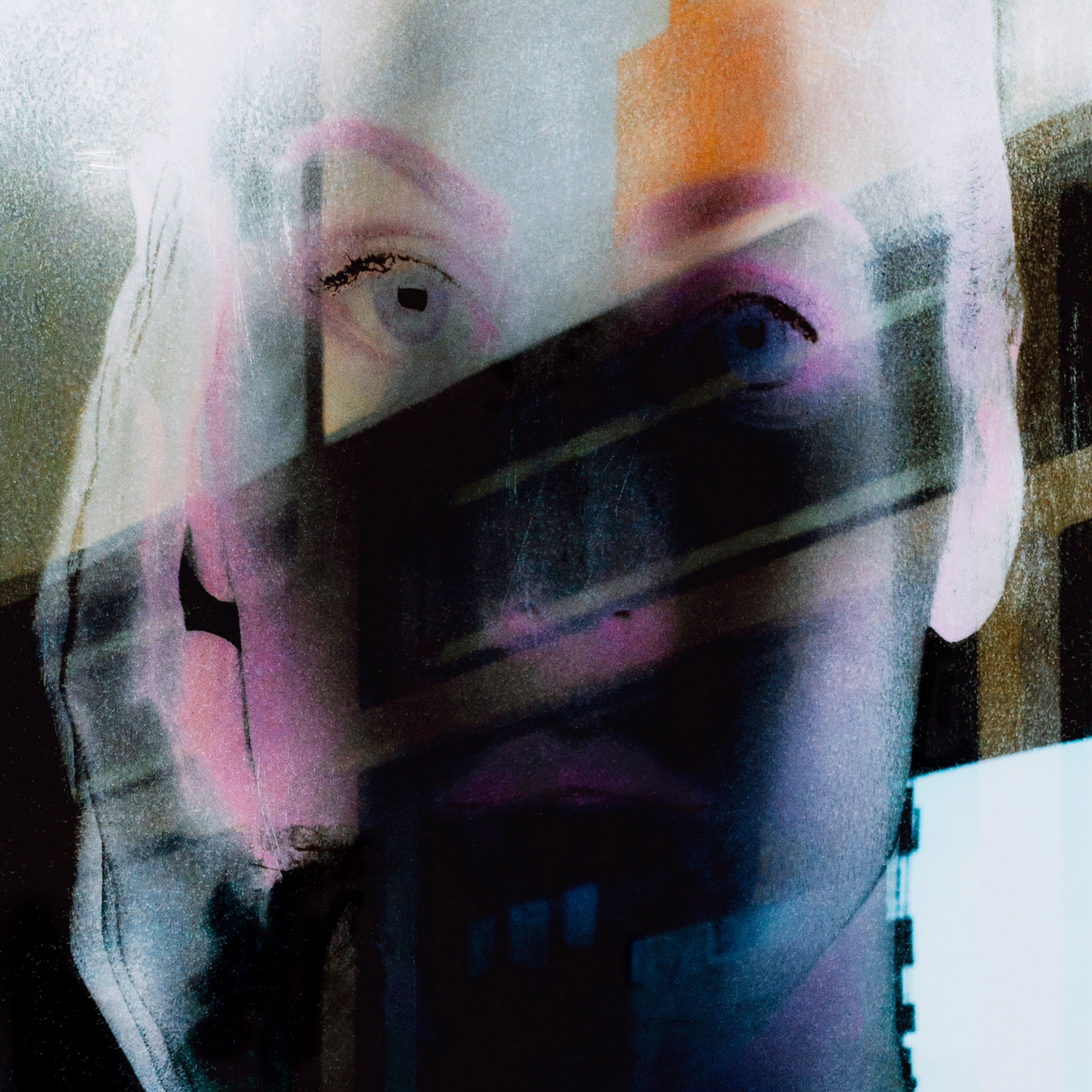
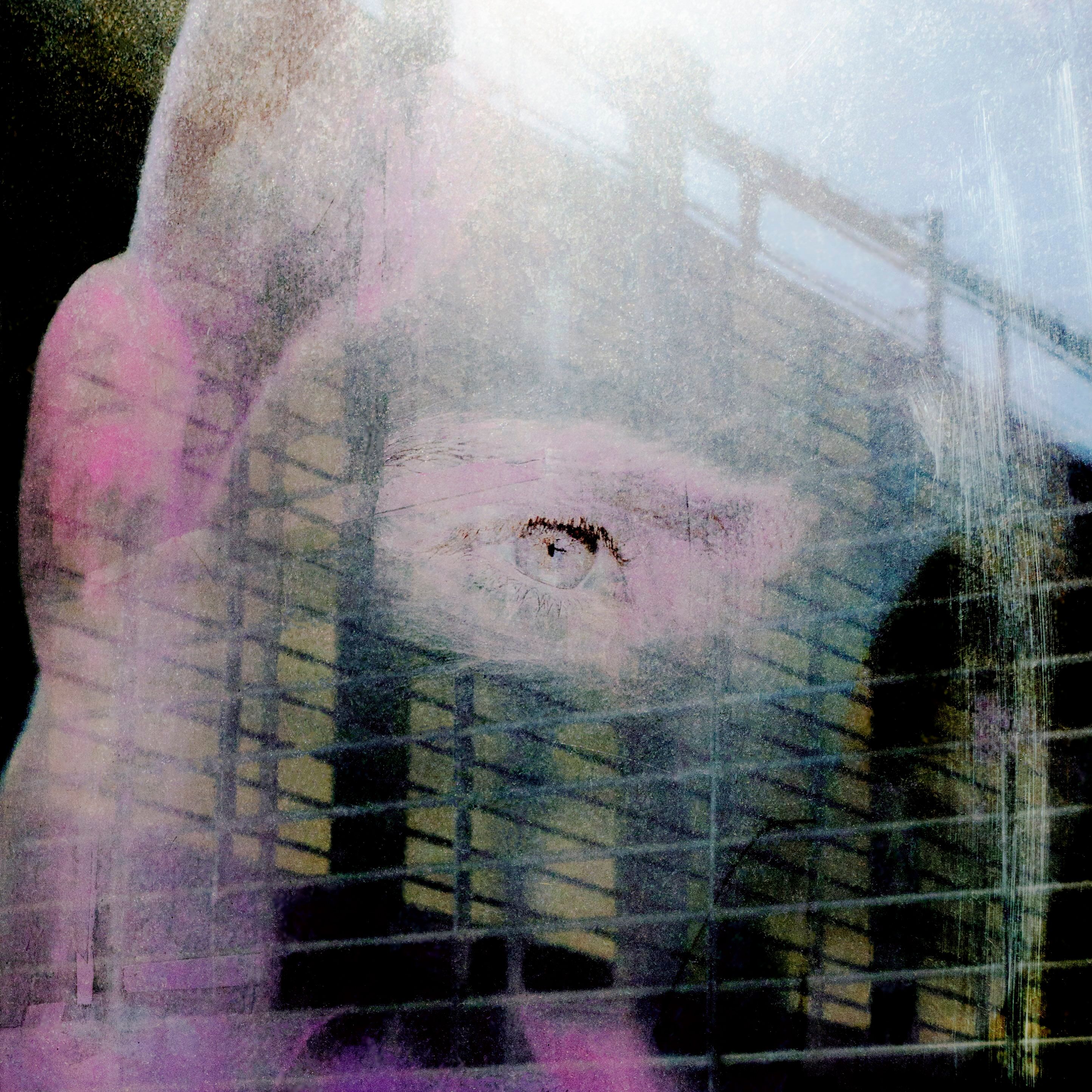
Afterimage album artwork by Sam Clarke, 2024.
OGM: How does traveling have a part in your production? “White Room” and “Glass Towers” on Afterimage (2024) evoke two distinct urban spaces.
FT: Afterimage was pretty recent, I started a year ago maybe. I was in Asia last summer on a small tour—I was in Tokyo, Taipei, and Seoul. City spaces have always been inspiring to me, sonically and visually. I think particularly with this one. I was really obsessed with skyscrapers and views from high places. A lot of the atmosphere on Afterimage has something to do with that. Sounds that feel big, that reflect big spaces.
OGM: A lot of people point to a distinct change in approach from the earlier work to that of Excess (2022), Core Echo (2023), and now Afterimage (2024). Does anything unite all of your work?
FT: It’s a change to some degree because I’m playing with different forms. The records that you mention—Excess, Core Echo, and Afterimage—are centered around songwriting. I work with different structures and formats, but it all comes from the same place to me. It’s all part of trying to build something that comes from my perspective.
OGM: How did the release of Excess come about?
FT: I’ve known Varg2™ for a while. The first time I met him was at this arcade hall in Stockholm. He told me to send him something if I had anything I wanted to release on Cease 2 Exist. I had something in mind—he probably expected me to send him some dance music. I sent him Excess—I had figured out the artwork and everything already. He was like, “Damn, this is real music. It’s the first time we’re putting out real music.”

Photograph by Fakethias during the production of Afterimage.
OGM: Do you consider performance when you are producing music?
FT: With the majority of my productions, I don’t think too much about the spaces it’s supposed to be heard in—it’s headphone music. But some of this new material started with the idea of merging these different approaches. Sampling is a big part of my process. I’m often sculpting instruments by processing found sounds, and I was interested in what would happen if I merged that with live instrumentation. I saw that as an interesting niche to explore—a different way of creating the feeling I get from rock music. A track like “Euphoria Loop,” for example, barely has any guitars on there—they are “synths” that I have made out of industrial sounds, and processed to fill the same role a guitar would. When performing live, I have a guitar player who plays on top of that which creates this kind of hybrid sound. So, I would say that while making the latest records, I did think about performance—I wanted it to be something that could be played by a band.
OGM: Will you tour Afterimage?
FT: Yeah, I’ve just started playing it live. Like with my other performances, I’m focused on finding the balance between music performance and a purer sound experience. My audiovisual shows have always been intense. Really bombarding your senses. I like merging that intensity with something more vulnerable—just performing a song. My favorite settings to play are those where people aren’t necessarily prepared for that. I got a DM from someone who’d been to a show who was like: “I had no idea what to expect—it was cool, but maybe you should warn people, so they don’t get a seizure.” He definitely felt something. I like that.
OGM: Have you put the band together yet?
FT: It’s currently a three piece: me on vocals, Leonard van Vuuren is the drummer, and Vetle Junker is the guitar player and co-producer of Afterimage. He’s a great multi-instrumentalist and has produced for big pop acts like Aurora. The setup is very different from what I’ve done before. Unexpected things can happen when you’re three people performing together—there’s a lot of improvisation. It’s more fun.
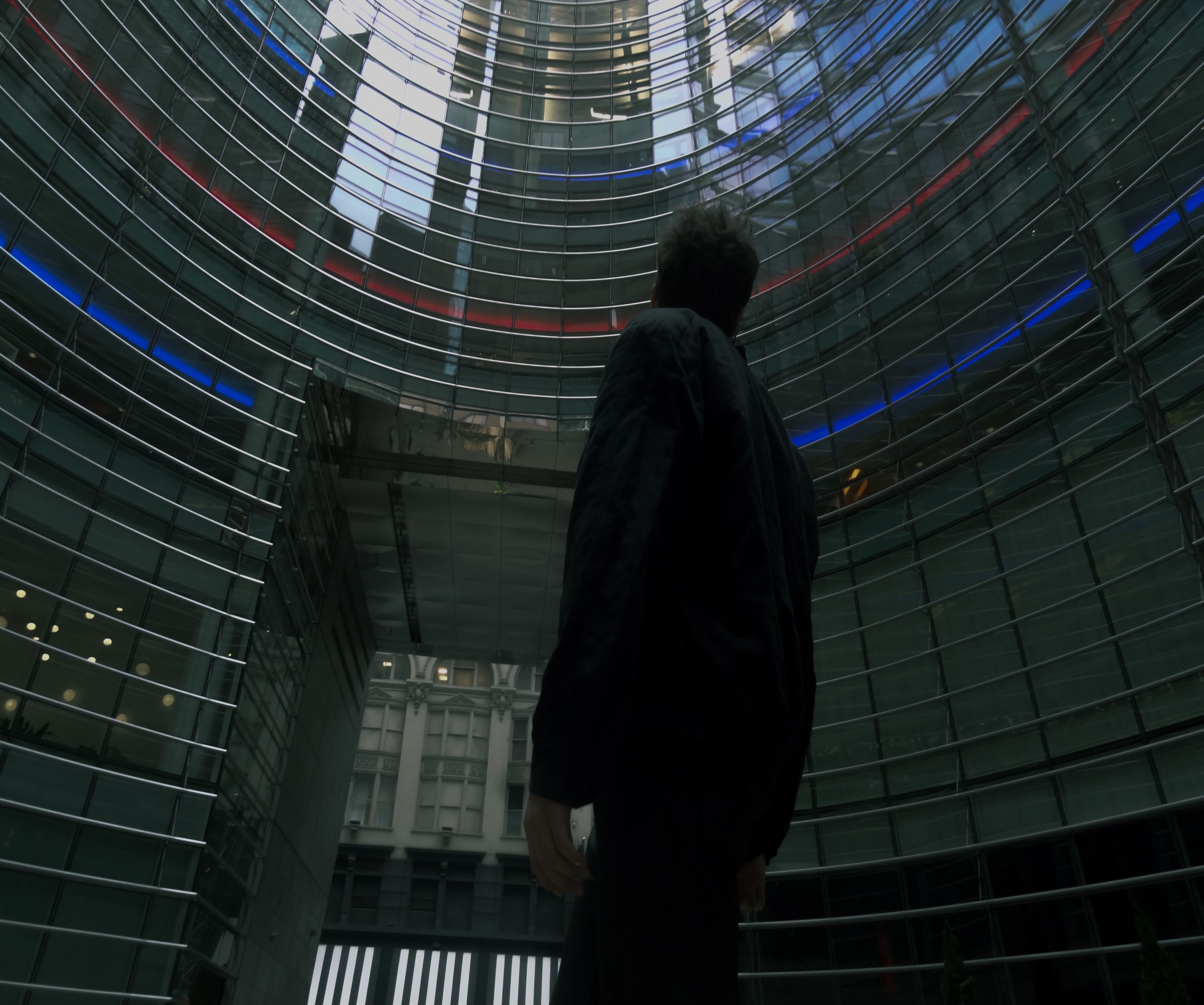
Fakethias photographed by Louis F. Cota, 2024.
Credits
- Text: ORSON GILLICK MORRIS
Related Products
Related Content
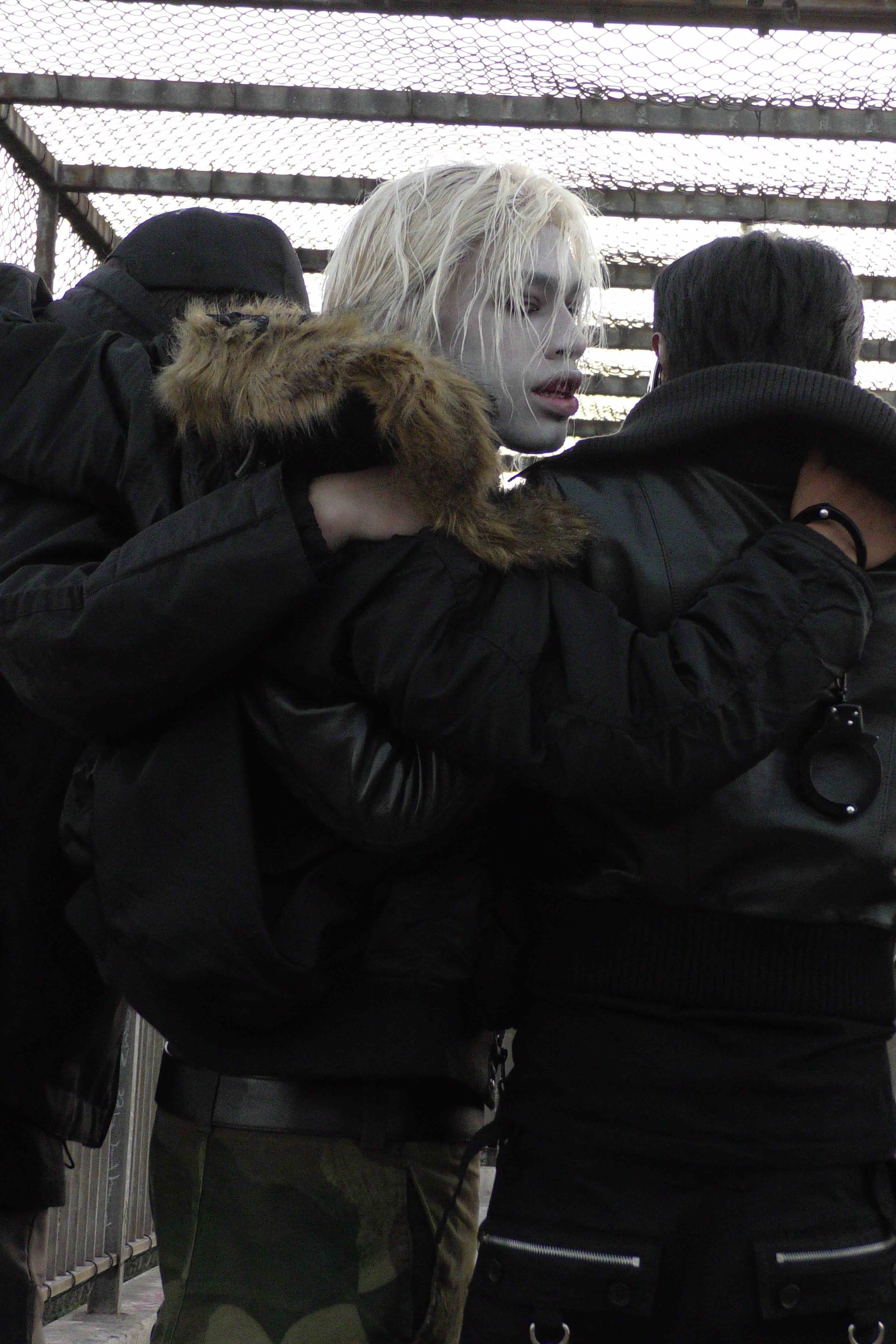
Drain Gang
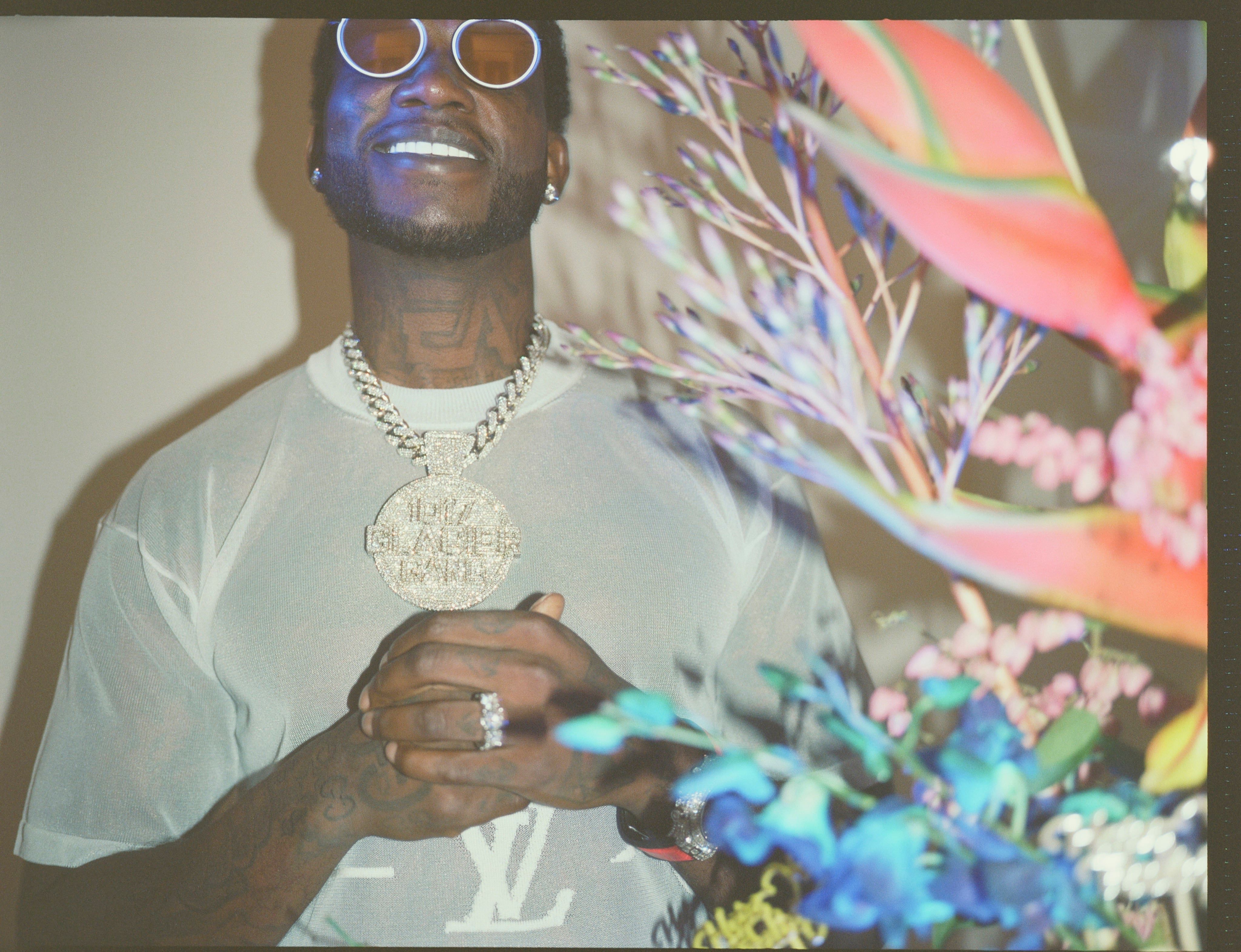
The Leadership Secrets of Gucci Mane

“I Don’t Want Anything”: An Interview with ECCO2K
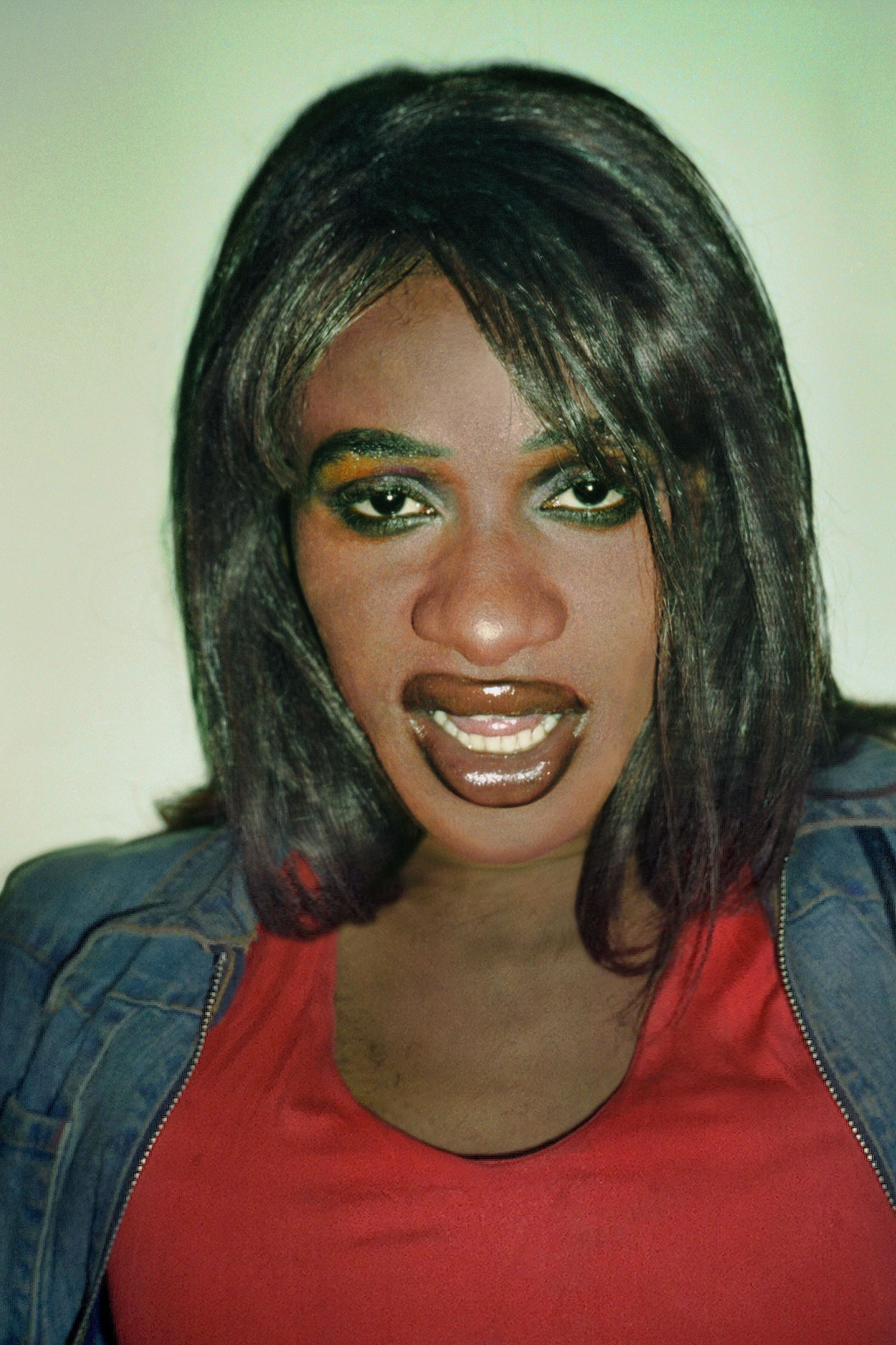
As Long as it Lasts: Ari Versluis
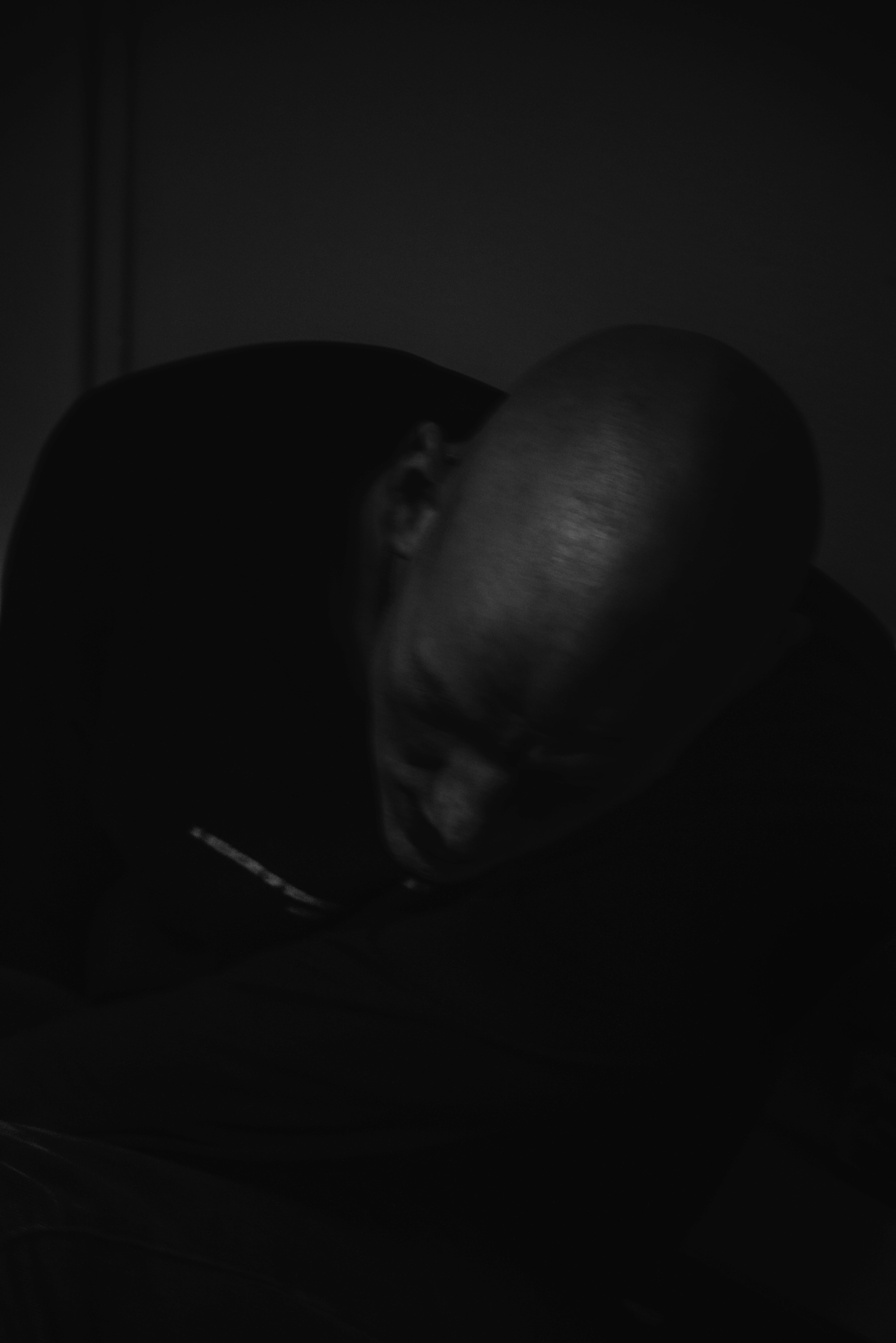
Blackhaine: Harsh Realities
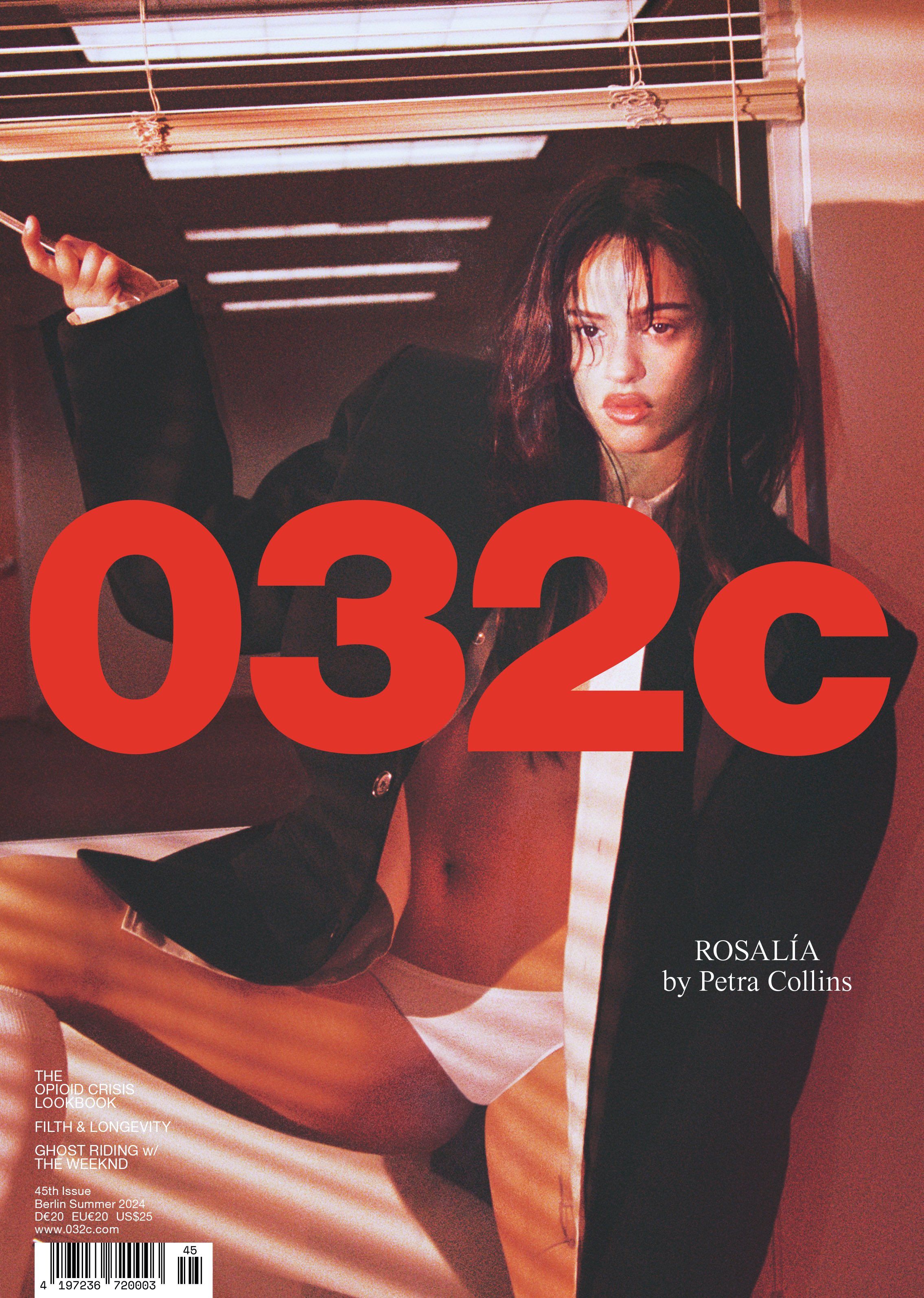
032c Issue #45 “The Opioid Crisis Lookbook” Summer 2024
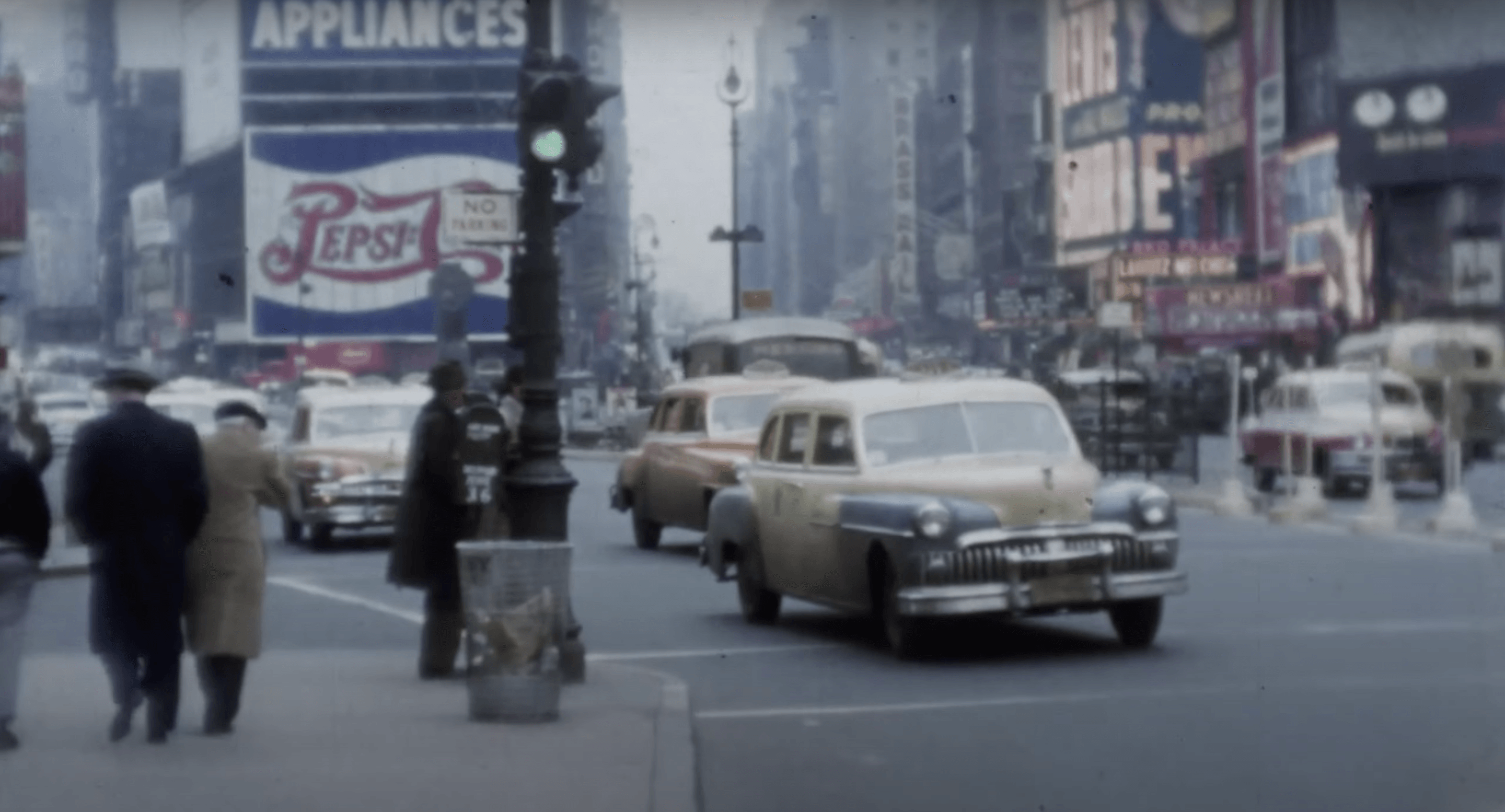
Wolfgang Tillmans “We Are Not Going Back”
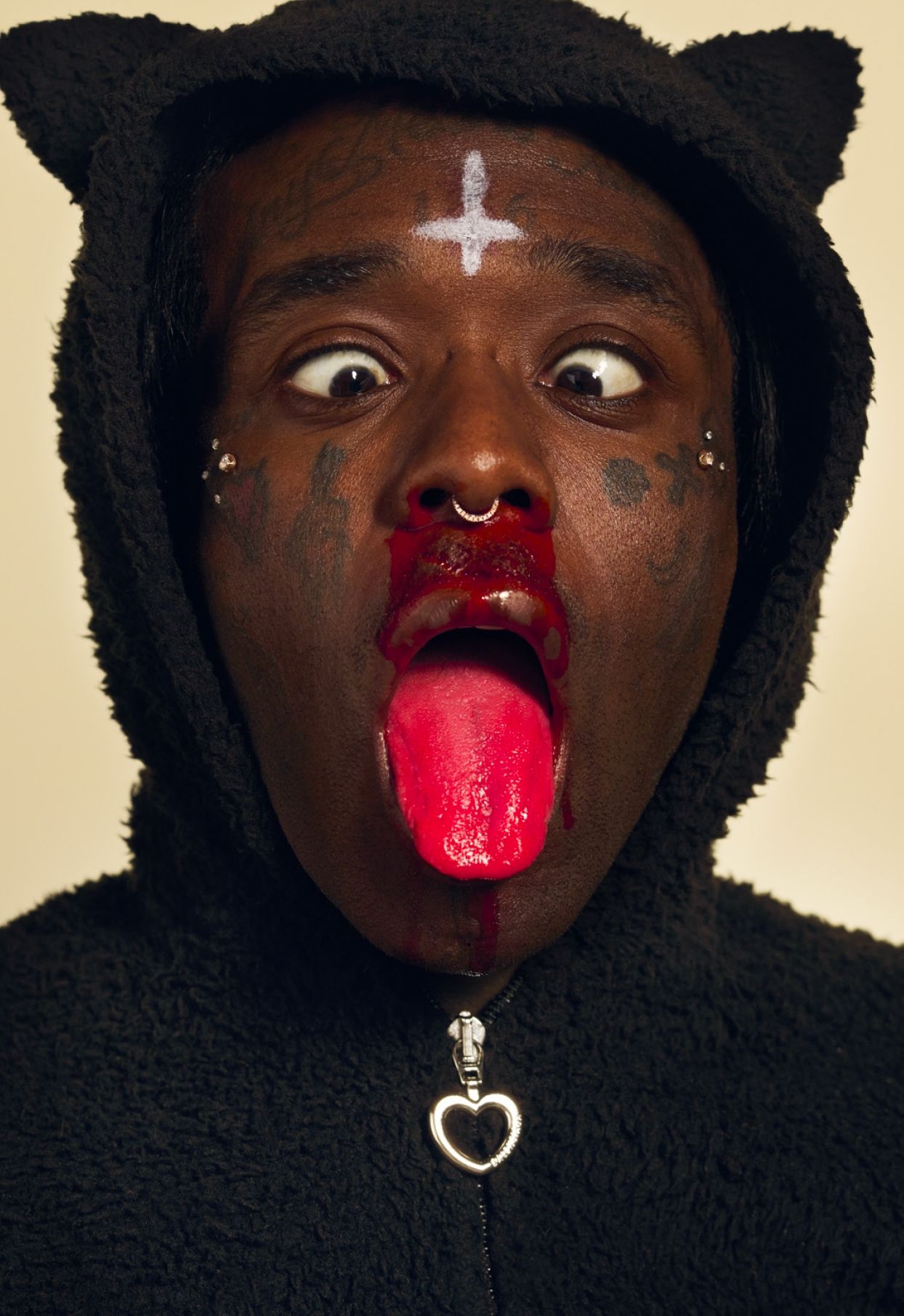
LIL UZI VERT Isn’t a Satanist
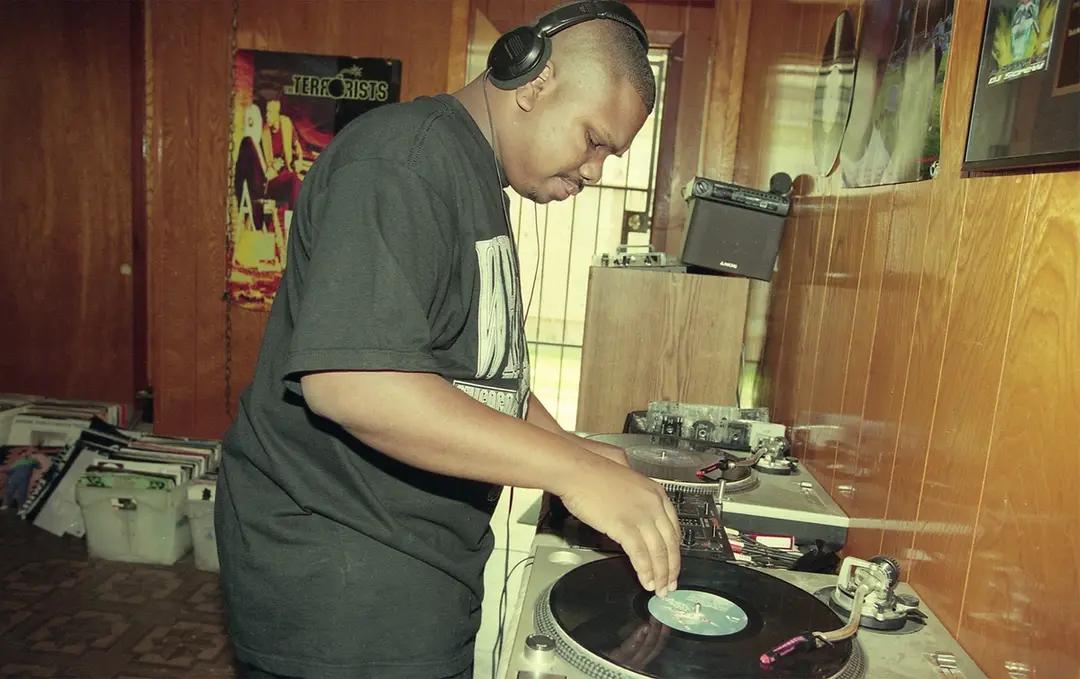
“Slowed & Throwed”: Exhibiting DJ SCREW
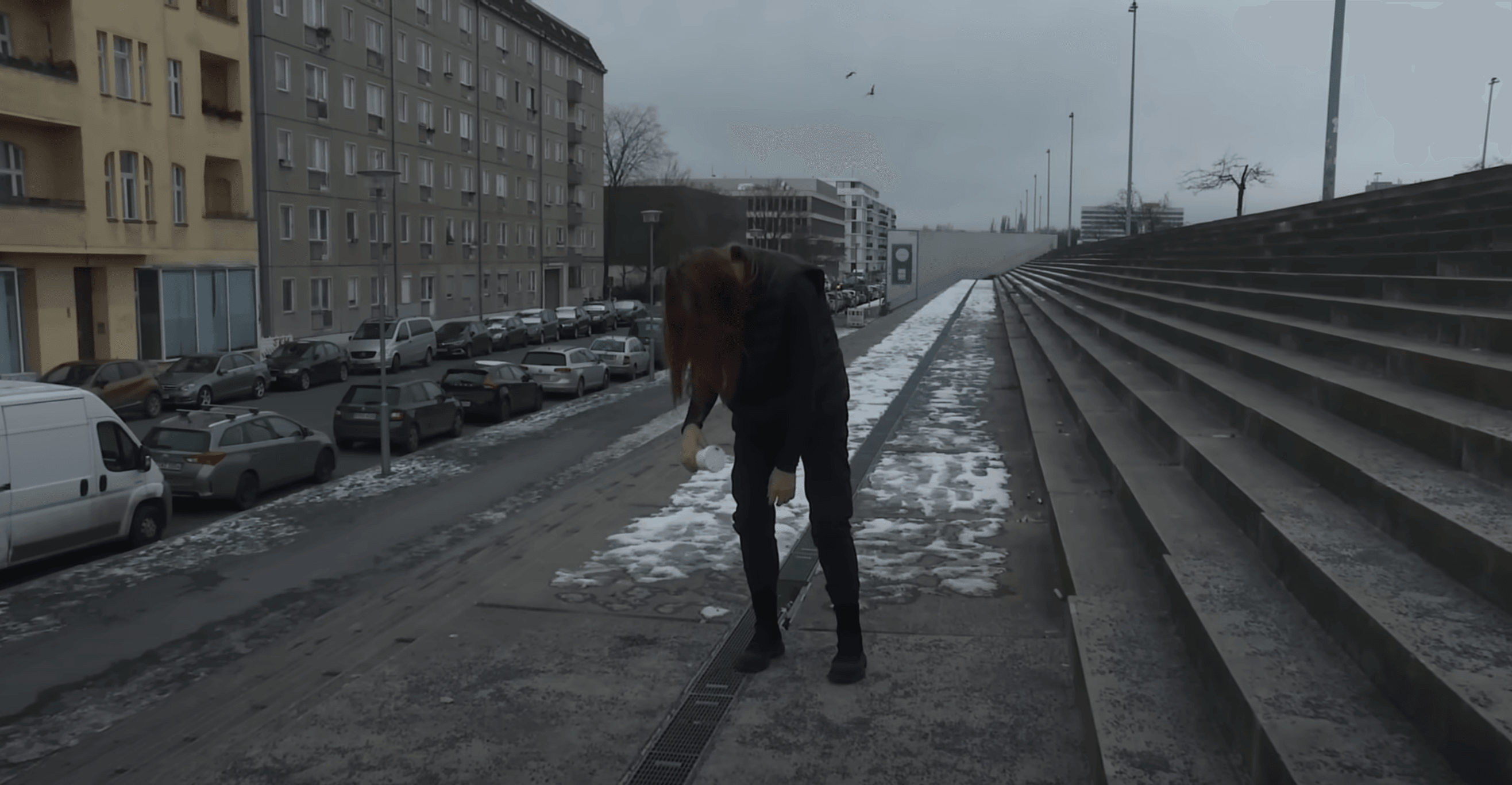
Where Does The Puppet End And The Human Begin?
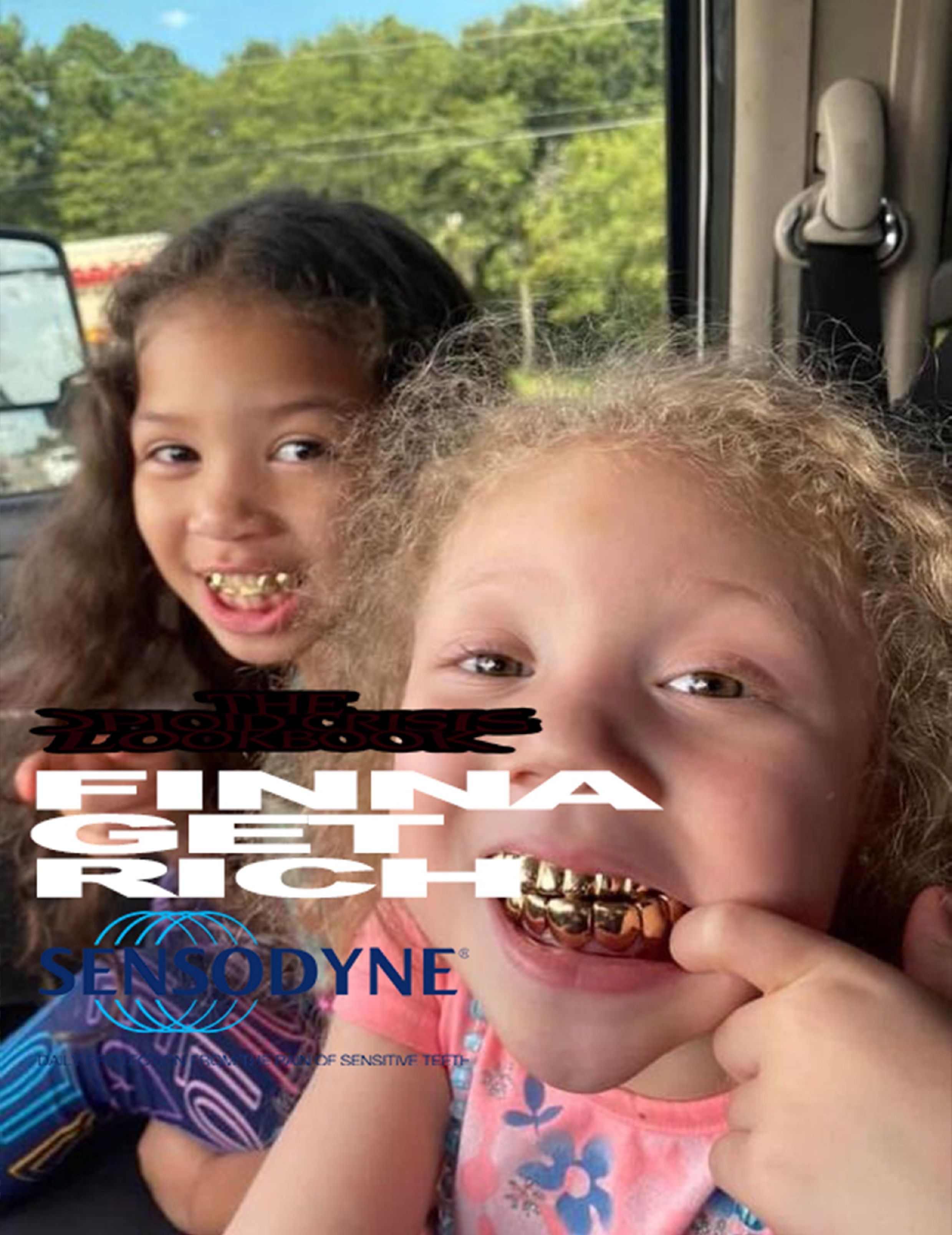
The Opioid Crisis Lookbook: An Interview with DASHA ZAHAROVA and DUSTIN CAUCHI
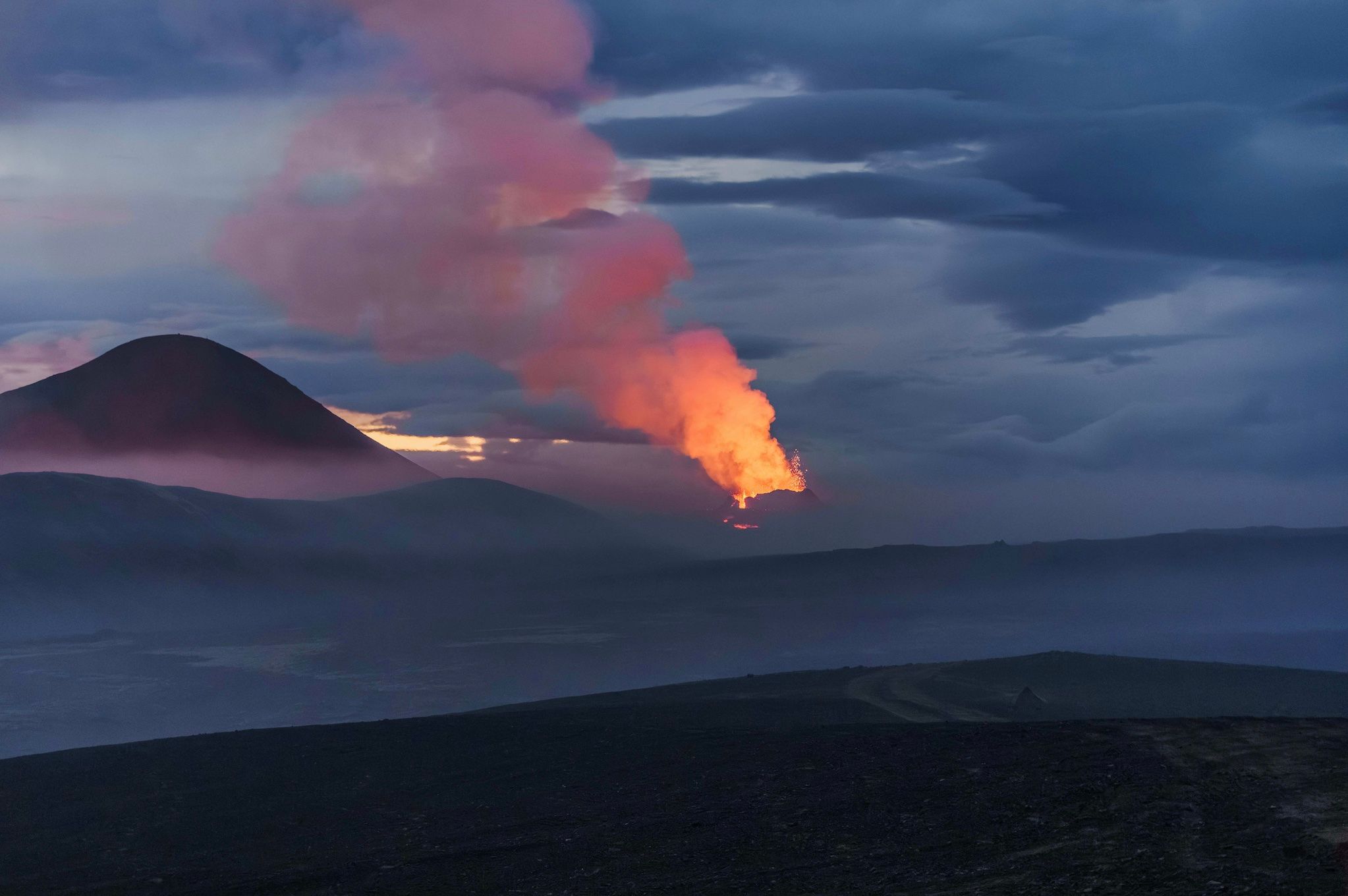
Julian Charrière: Ancient Reefs and Active Volcanoes
